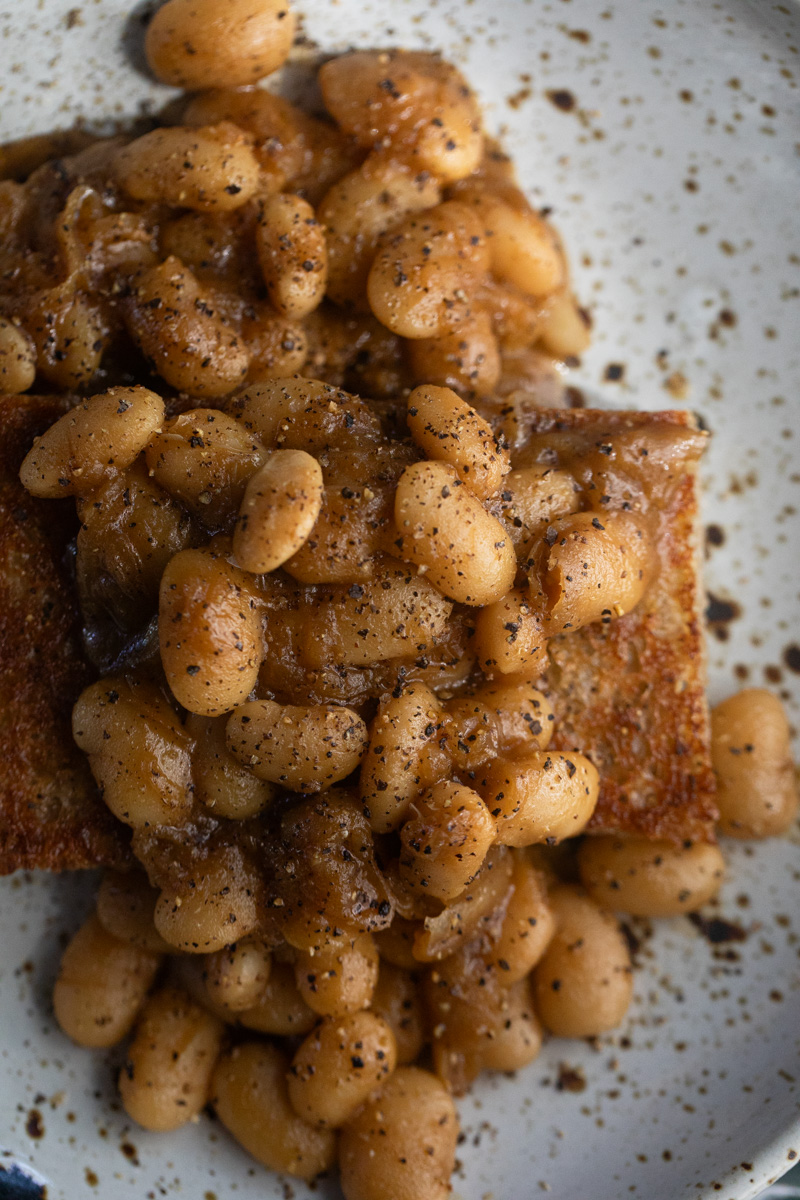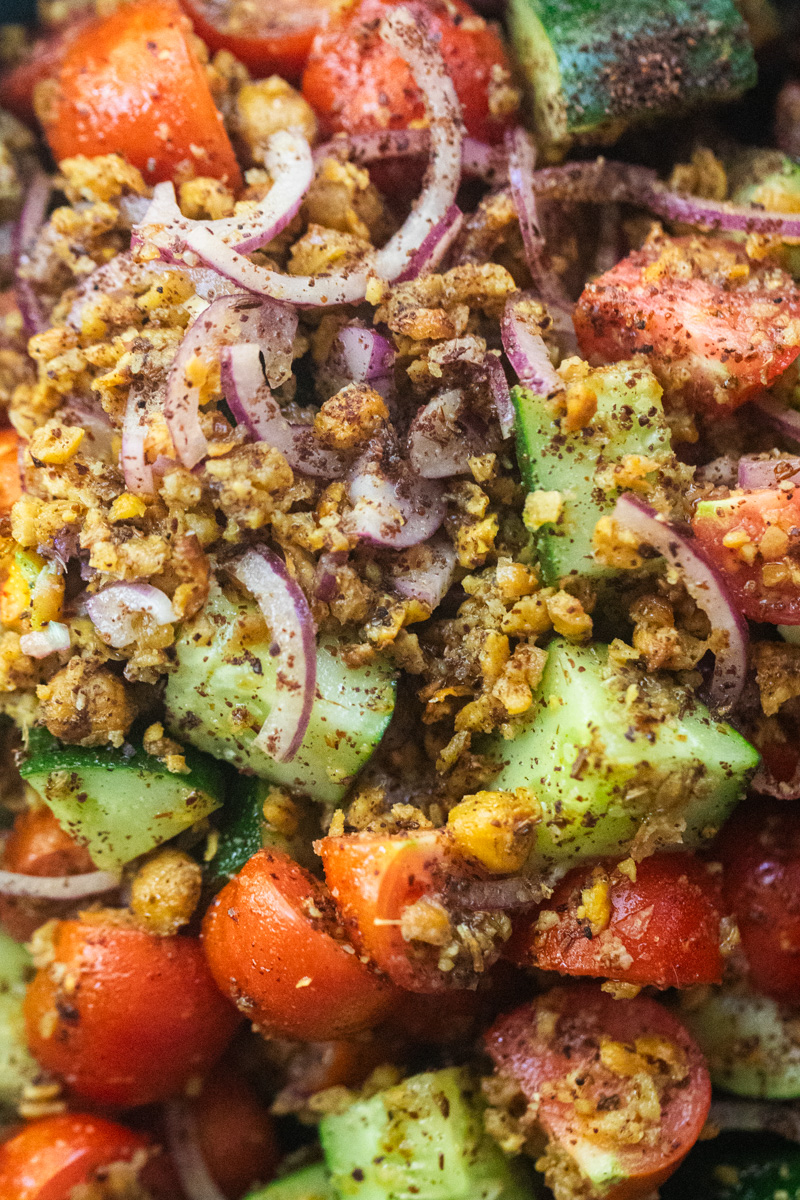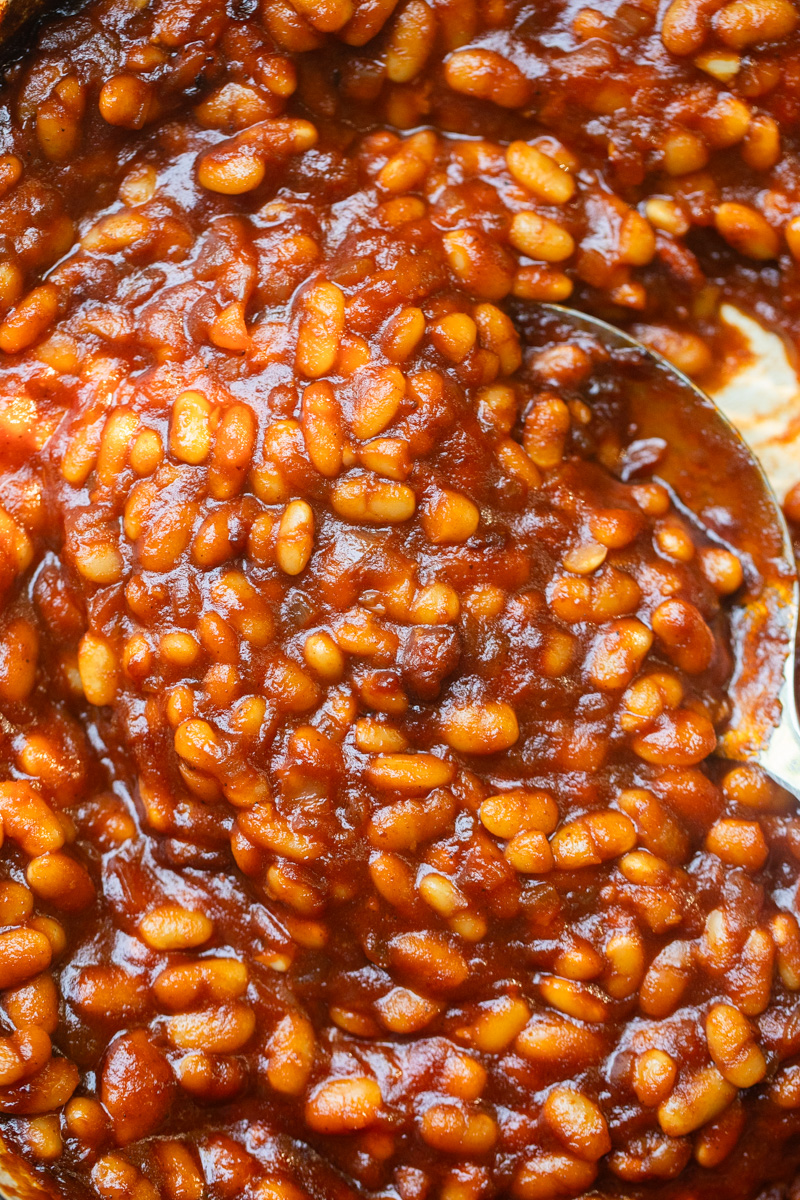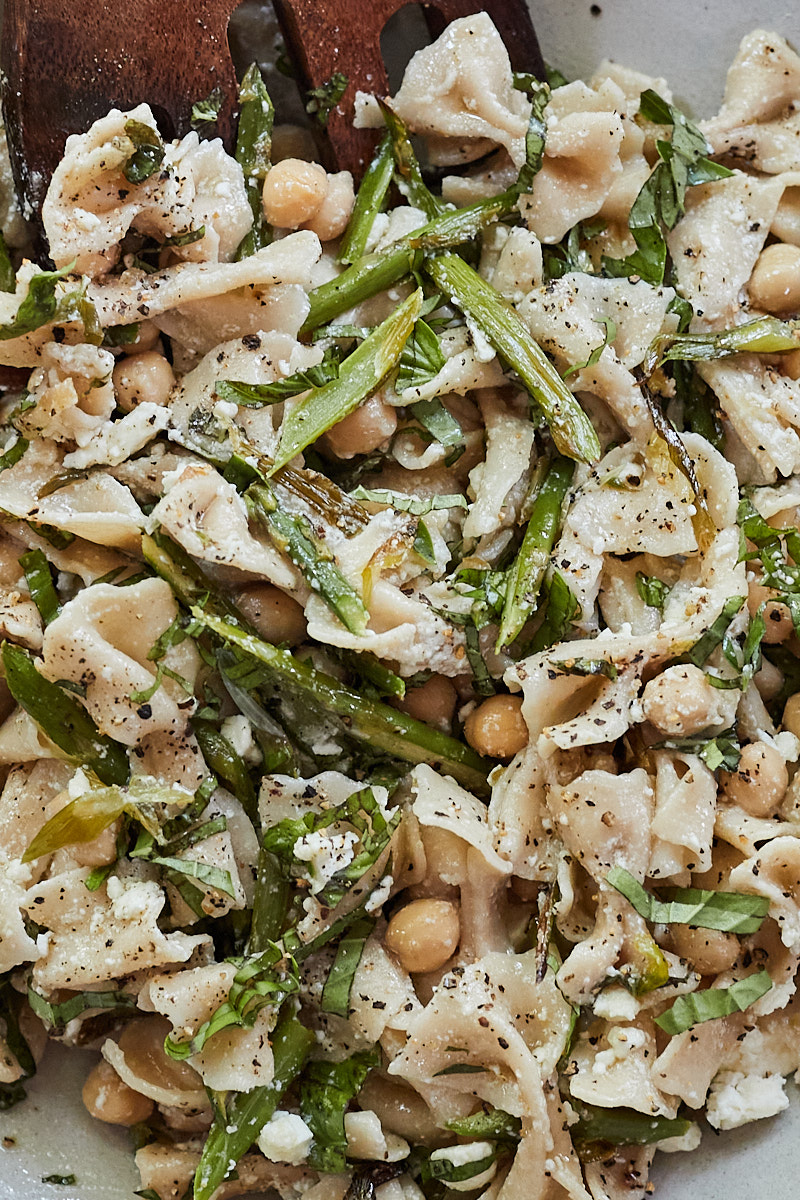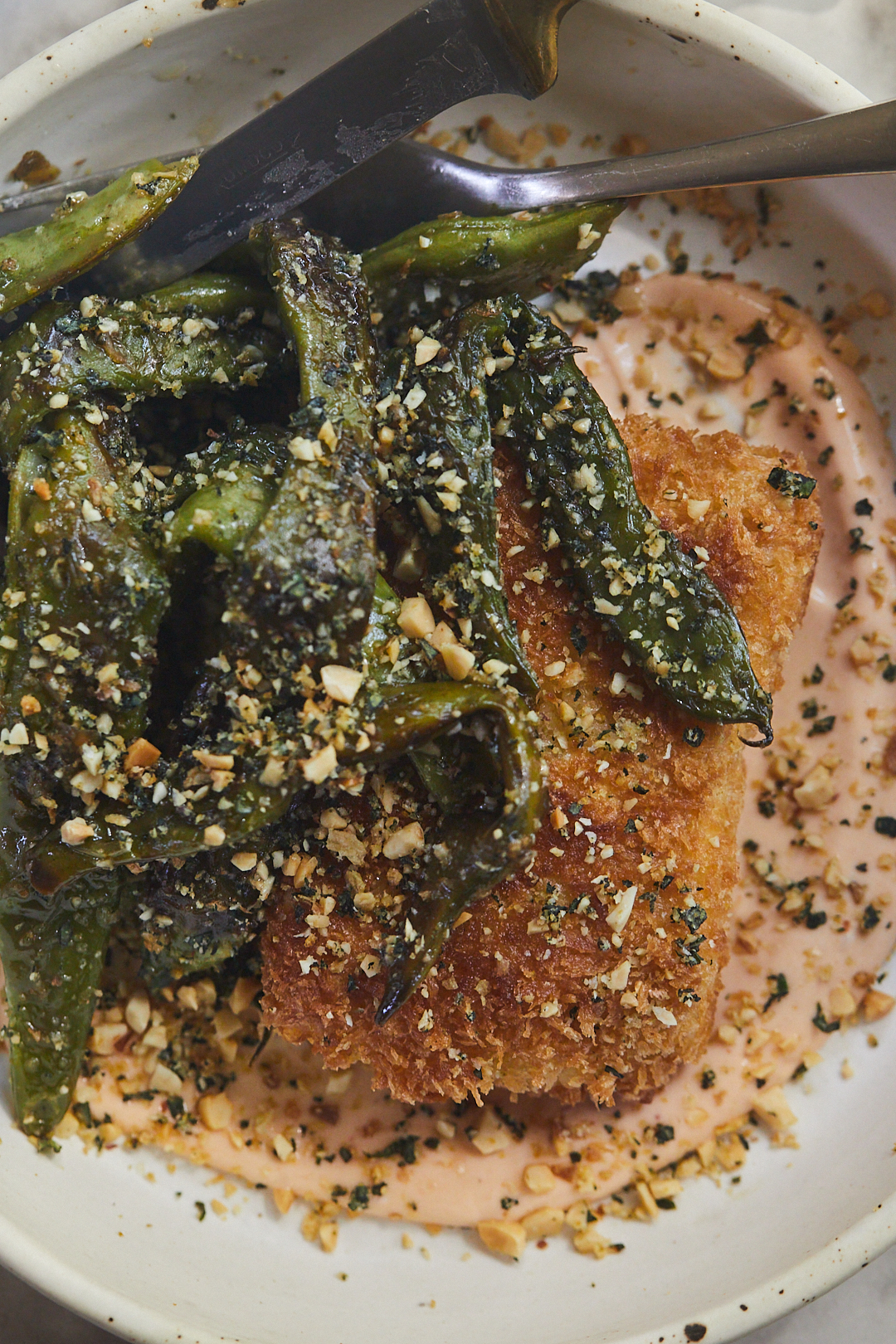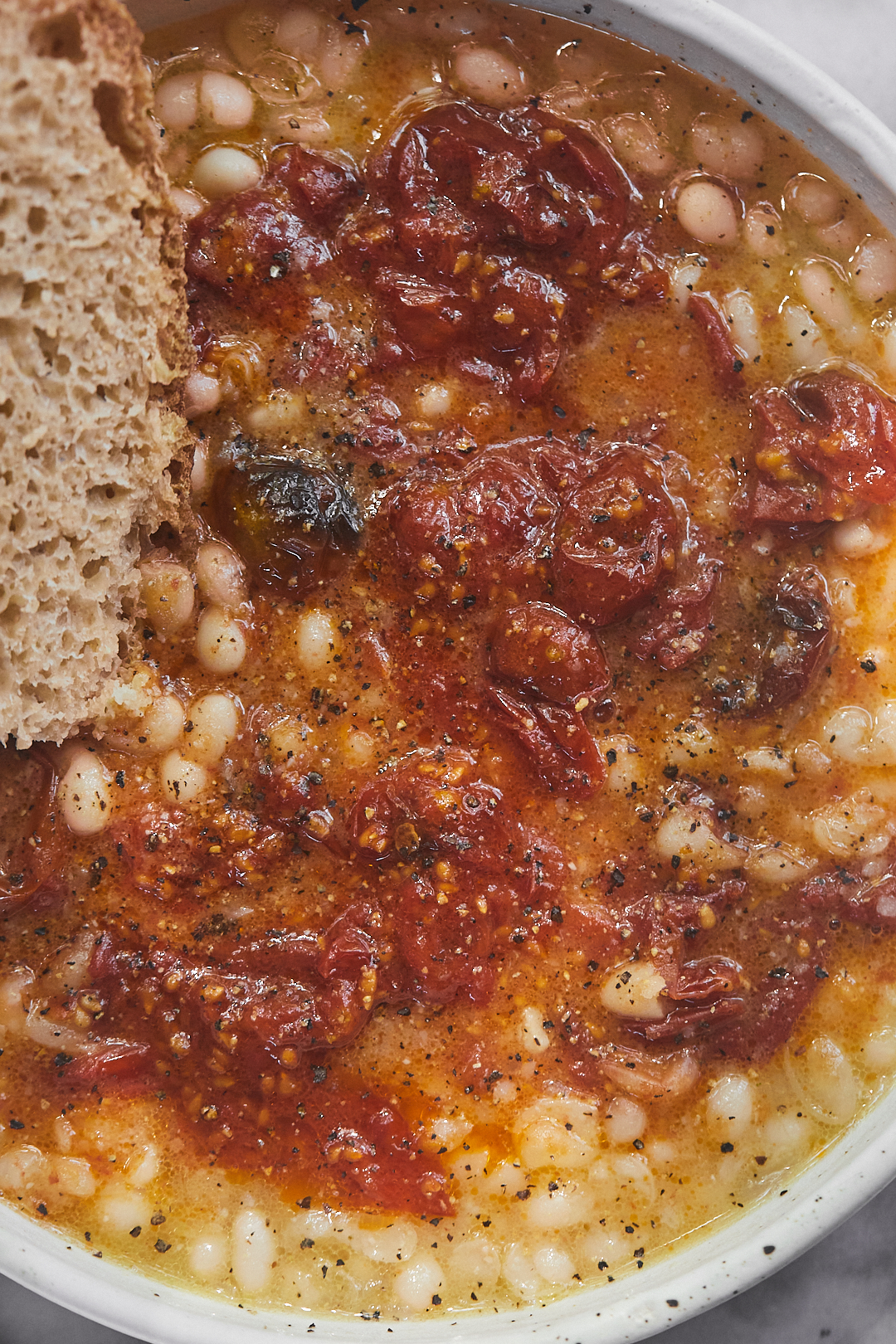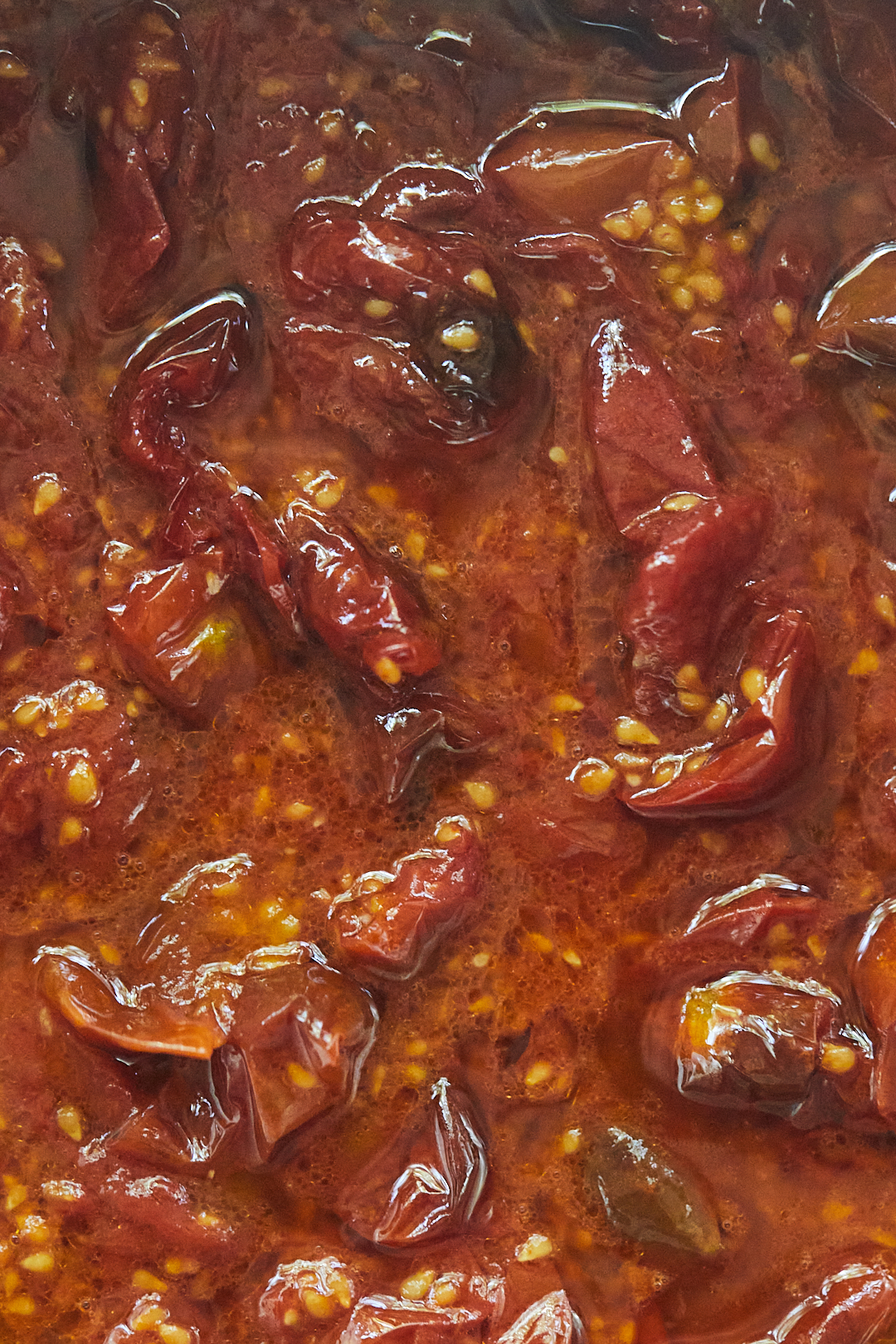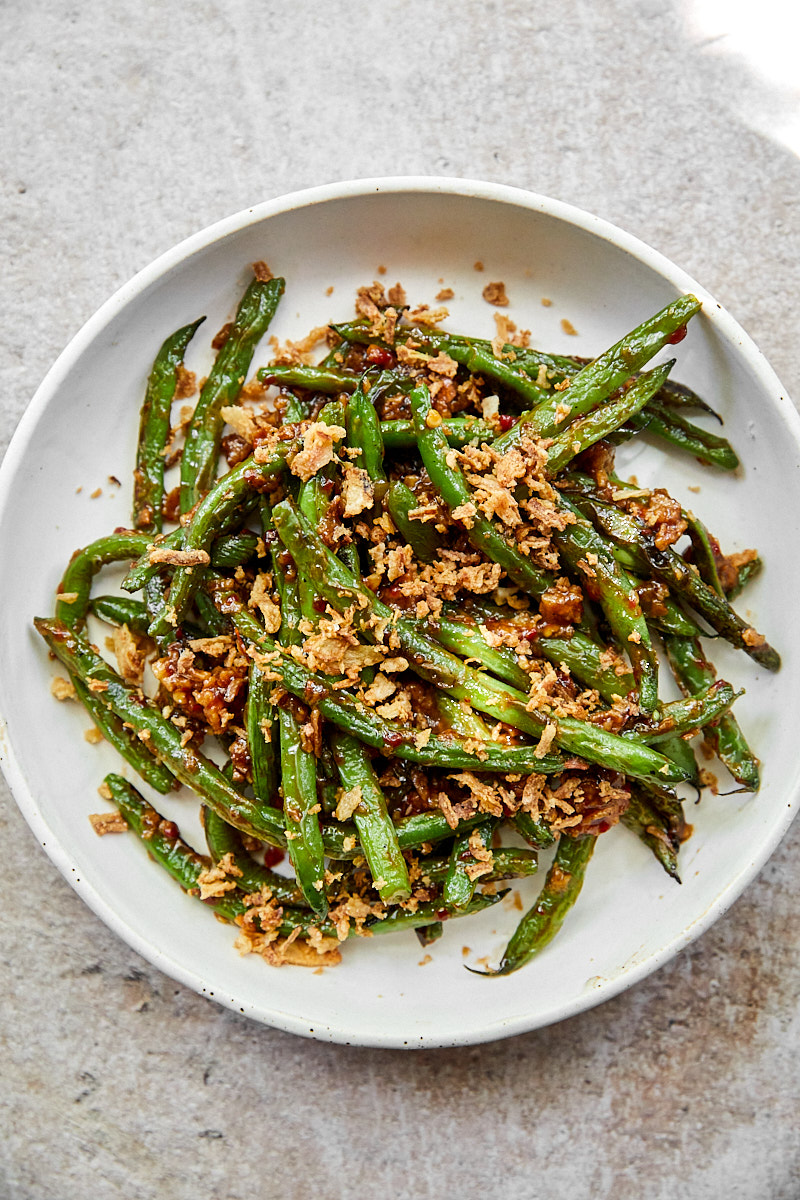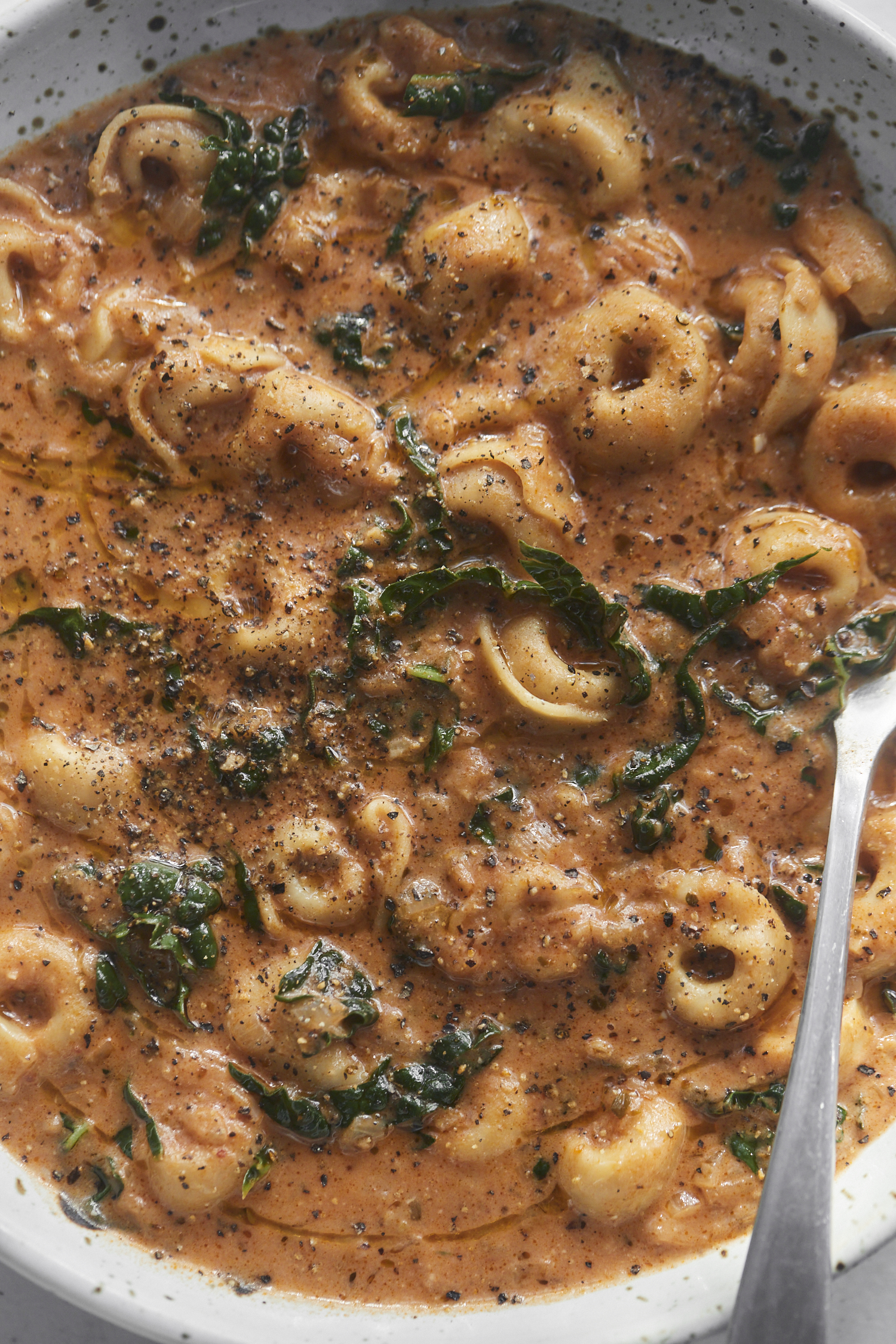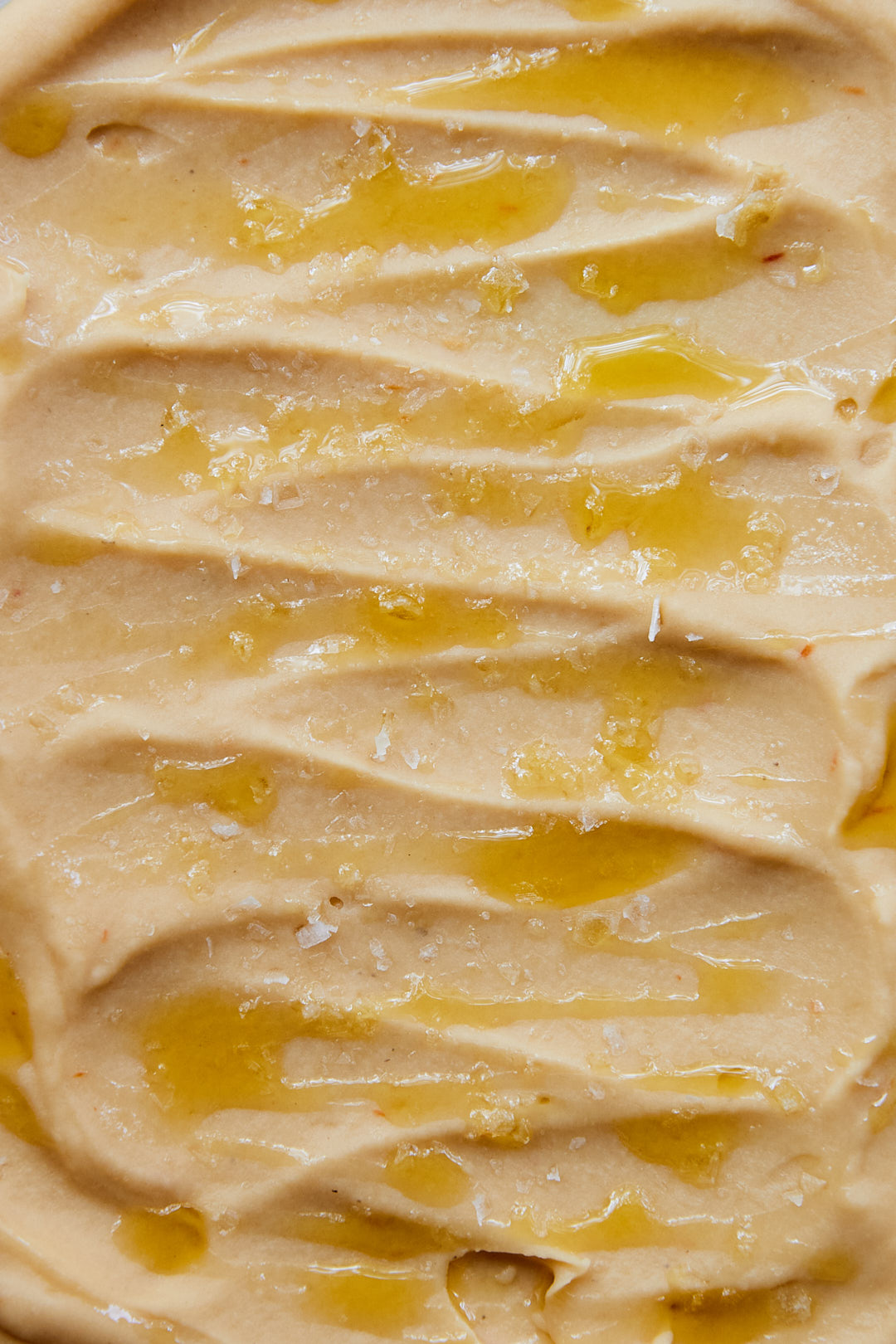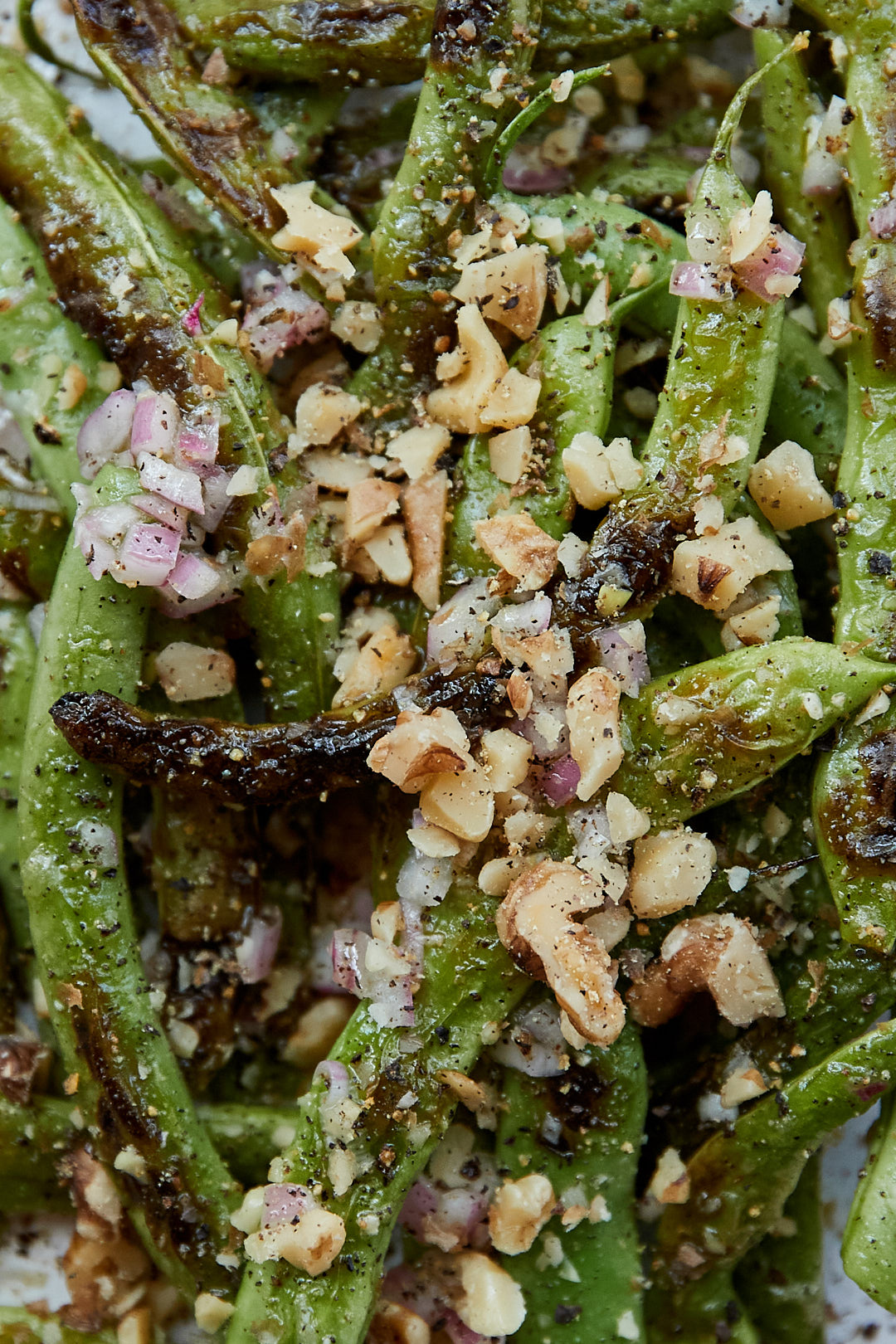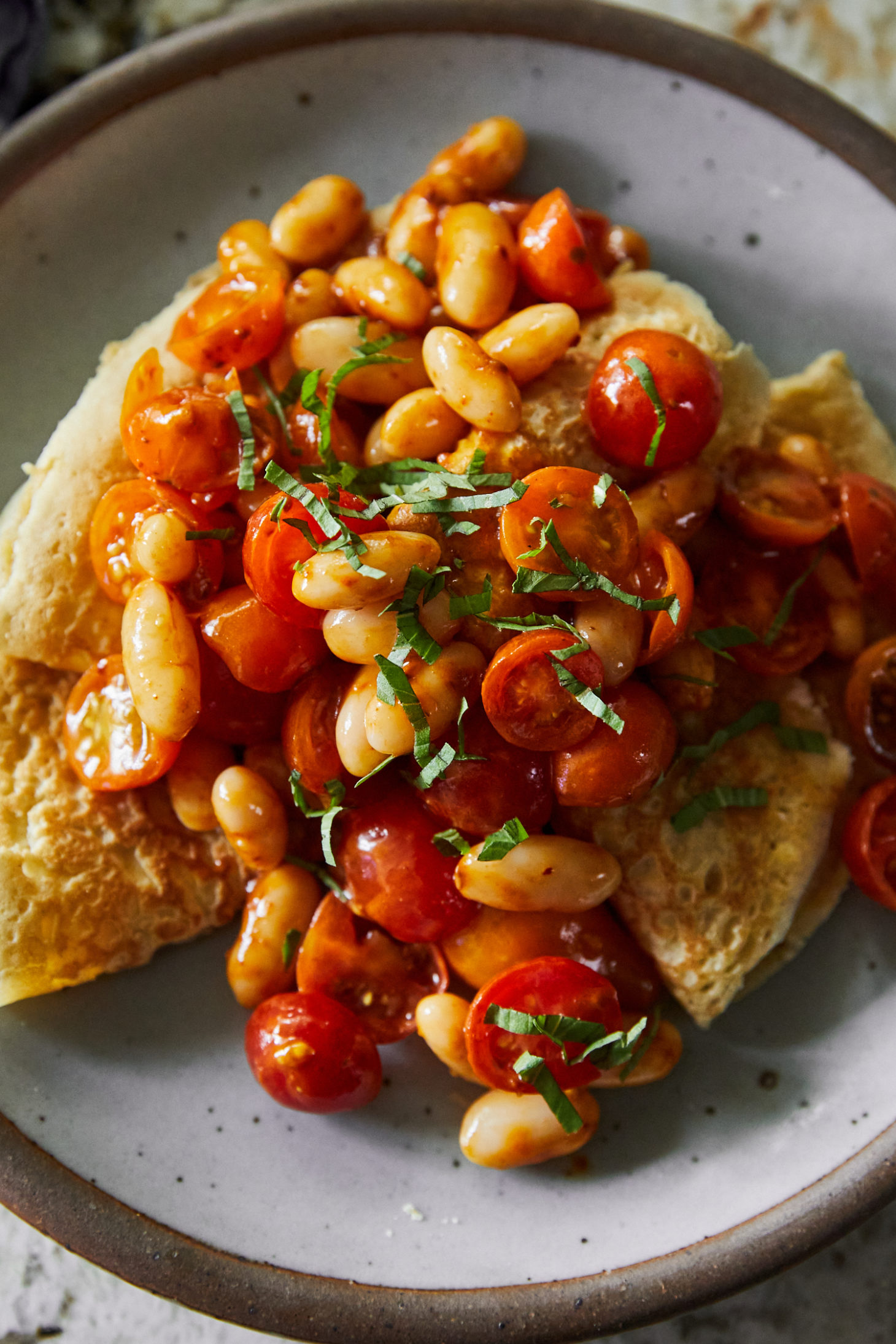

People frequently ask how, as a vegetarian, I get enough protein. And the truth is, I eat legumes nearly every day. These little nutritional powerhouses are the structure of my entire diet. Legumes are highly versatile in my kitchen and my garden. If you've ever wondered 'what is a legume?' or needed legume recipes, this guide will help!
It is helpful to know a bit of terminology and categorization to get a handle on the world of legumes. For starters, there are two terms often used for the broad categories of legumes we grow and consume:
This is the encompassing term for all plants, seeds, and fruits that belong to the Fabaceae family. It covers dried beans, fresh green beans, peas (fresh and dried), lentils, broad beans, peanuts, soybeans, and even lupin (a beautiful native flower common throughout California).
This family of plants goes beyond the beans we consume and includes legumes used for oil production, plants used for cover crops on farms and in gardens, animal feed/forage, and even fuel.
This term refers to nearly all edible legumes, such as dried beans and lentils, harvested as dry crops around the world. The United Nations Food and Agriculture Organization recognizes 11 sub-categories of pulses. However, pulses do not include peanuts, soybeans, or legumes only used for cover crops.
Beyond this mention, I don't use the term pulse and stick with legumes or the specific category. I can't entirely agree that soybeans should be left out of the categorization of a pulse. Literature discussing this notes the exclusion is because of soybeans' high-fat content and freshness, making it more akin to peanuts, fresh peas, and fresh beans. There is also mention that soybeans are less healthy than pulses.
While potentially a small distinction, the abundance of anti-soy rhetoric in the media makes me slightly defensive about excluding soy from pulses. Soy and soy products are abundant in my kitchen and cooking. We are an equal-opportunity legume household.
Since ripping out my yard, I have considered more than just cooking and eating these plants. As such, I occasionally include information about the benefits of certain plants in the complete life cycle of growing everything.
Legumes are often used as cover and rotational crops in home gardens, commercial farms, and everything in between. Unlike many crops, which take and take from the soil, legumes give back in the form of nitrogen. This is important because the soil is its own microbiome. When the nutrients are out of balance, the soil is unable to provide for the growing plants. While there are many nutrients we consider, nitrogen, along with phosphorus and potassium, are three we think about most.
Legumes add nitrogen back into the soil by capturing atmospheric nitrogen and using microorganisms to turn it into biological nitrogen fixation. Cover crops keep the soil healthy for years to come.
The process plays out in my garden as I grow varieties of common beans, lentils, soybeans, peas, and fava beans and on larger scales that dotted my childhood as I'd watch hectares of corn and soybeans grow alternately year after year.
Cover crops get processed into the soil before producing actual legumes. However, in my garden, I like to take a 75/25 approach: I keep 25% of the plants around to produce legumes for eating and reseed the cover crop in the next cycle.
These plants give me fresh green beans! Peas! Edamame! These fresh, green vegetables are grown year-round in my garden until the seasons change and the plants die back. We're left with a dry (often beautiful and colorful) shelf-stable item to get us through the year to eat and replant again, starting the cycle over again.
To cook well with legumes, a broad understanding of the categories can be helpful when needing to swap or substitute ingredients. Here, I break it down by what I commonly use through notable mentions of legumes.
This category, sometimes also referred to as shelling beans, is by far the most used in my kitchen and grown in my garden, which makes sense given it's a rather encompassing category featuring members of the phaseolus genus, all native to the Americas. The four main categories are the common bean (p. vulgaris), runner bean (p. coccineus), tepary bean (p. acutifolius), and lima bean (p. lunatus).
Typically grouped with dried beans due to similarities in preparation and uses, chickpeas (Cicer arietinum) are the only domesticated species from the Cicer genus and fall into two market categorizations: Kabuli and Desi. The domestication date for chickpeas has a great range among historical research, but more and more points to a small region in modern-day southeast Turkey where Cicer reticulatum, a plant thought to be the wild cultivar that led to desi chickpeas, resides.
One of the earliest domesticated legumes, modern-day lentils' (Lens culinaris ssp. culinaris) wild progenitor (Lens culinaris spp. Orientalis) grew throughout parts of southwestern and south-central Asia, which encompasses part of the Fertile Crescent. Lentils are on the smaller side of legumes and categorized based on color and size with a few regional-specific exceptions..
Soybeans: A staple worldwide for food and many commercial products, modern soybeans (Glycine max) are widely believed to have been domesticated from Eastern Asia. The first written acknowledgment dates back to around the 11th century BCE.
These little legumes are precisely what their name implies: peas that have been dried (although peas grown for eating fresh are a different subspecies, they look quite similar). Dried peas come in green and yellow colors, primarily in their split form.
A variety of vetch, broad beans are considered one of the first domesticated ingredients in the Fertile Crescent. I use fava beans as a cover crop in my garden and enjoy the fresh legumes.
This is a bit of a catch-all category of legumes from the genus Vigna, which include Cowpeas/Black-Eyed Peas (unguiculata), Black Gram (mungo), Mung (radiata), Moth (aconitifolia), and Adzuki (angularis). I'll often stock black gram when making certain Indian recipes, mung beans for sprouts, and adzuki beans if making sweet red bean pastes.
Small legumes native to India/West Africa. They are grown primarily in tropical climates and are sold in whole or split form. Pigeon peas are used in similar ways to beans and lentils.
This legume, which is more akin to the peanut, grows underground and can be eaten fresh or dried.
This larger legume family includes dried broad and fava beans (and may or may not include lentils as the lens genus is occasionally nested within the vicia genus- clearly a botany issue). At any rate, vetch is often wild and used for its flower or slightly annoying the average gardener who has it take over her yard).
Lupins are notably grown as wildflowers. However, domesticated varieties, with a history leading back to the Middle East, can provide edible seeds called lupin/lupini beans. Multiple varieties, some with high alkaloids, require specific preparation.
My recipes tend to revolve around the legumes always in my kitchen, however inspiration abounds for all legumes. Recipes I love from some of the occasional legumes include Ewa Riro + Dodo from Joe Yonan in Cool Beans (using black-eyed peas), Badshah Kitchari from Meera Sodha in Made in India (using mung beans), Black-Eyed Pea Beignets from Elle Simone Scott in Black Food, and Ful Medames from Sami Tamimi and Tara Wigley in Falastin.
Now that you might be slightly overwhelmed by your choices in legume-land, you must go forth and buy! Here are my simple suggestions for this.
When you can, buy from reputable legume purveyors. As small food businesses continue to open, your options for finding heirloom legumes expand (Rancho Gordo, Primary Beans, Boonville Barn Collective). These providers often have a wide variety and an easier way to know bean freshness.
The legume's age is crucial as fresh is best (a running theme among all the pantry ingredients listed in this book)! A year from harvest is good, two years is okay, and anything after that is case-by-case. Beans will begin to deteriorate over time, primarily due to moisture loss, and can present problems in cooking correctly.
Many articles cite that legumes will begin to lose nutrients as they are stored but also mention that no direct scientific study has been performed. There is no concrete evidence on how much and how long—it's an informed assumption.
Once you have beans in hand, I like to check for any irregularities and pull those beans. These beans include discolored, shrunken, or overly dirty beans. I also check for mold, as I've had experiences with legumes that were not properly dried, and the excess moisture in the package led to mold growth over time.
For optimal storage, keep legumes in an airtight container out of light and heat. However, don't worry too much; they are not nearly as temperamental as the ingredients found in the grain and nut sections.
Often, people assume that because I'm so pro-dried beans, I hold a negative stance against canned beans. This notion could not be farther from the truth! I'm pro working with your means with both time and money. I like to cook from dried because it allows me to add flavors or alter textures.
However, cooking dried beans takes planning and way more time than opening a can of beans. It's not for everyone! I like to have cans of beans on hand because life is busy, and sometimes you need beans right now! Use those canned beans!
Legumes are dicot seeds meaning two halves (cotyledons) that are the food storage of the seed and the embryo are held together with a seed coat. When you eat whole beans, chickpeas, lentils, and soybeans, you are eating every part of the bean. If you wanted to, you could go outside and plant that little guy and potentially have more beans—the joy of seeds!
Once you remove the seed coat, you have the halves of the legumes. This is what we call "split" and shows up most often in field peas (split peas), lentils (red lentils), and chickpeas (chana dal or split chickpeas). By removing the seed coat, the legumes cook faster and do not hold their shape as well.
Anything legume can grind into flour, but whether or not you should is a different question. The most popular types of legume flour include chickpea flour (from whole chickpeas), gram or besan flour (from split chickpeas/chana dal), mung bean flour, and soy flour. Other flours, such as black bean, red lentil, and fava flour, are available but not as widely used.
Beans tend to be higher in lectins, which can cause sickness when consumed raw or undercooked. Cook well when using flour, and I'd recommend avoiding flours made from the kidney bean family (as they are the highest in lectins). I
Whole legumes are easy to sprout with a soak-and-rinse cycle. Sprouted legumes are quite popular, especially mung bean and chickpea. However, I don't often sprout legumes because I'm not the best at keeping track of times and temperatures, which really need to happen when dealing with sprouts. Bacteria love warm, moist environments!
If you choose to sprout legumes, change the water often, keep the temperature cooler, rinse, store in the refrigerator for only a few days, and cook before eating. All of this helps limit the possibility of bacteria riding along.
Finally, we hit my favorite category in the realm of legume products. Humans have used them in fermented ways for as long as legumes have been around. Most notably, soy-fermented products such as soy sauce, miso, and tempeh. Beyond soy products, beans, lentils, and chickpeas are fermented and eaten across many cultures.
LEGUME RECIPES
